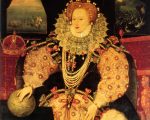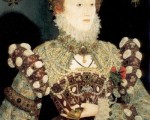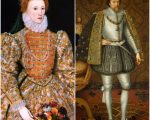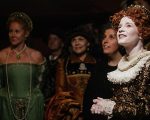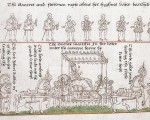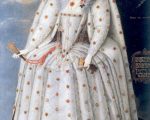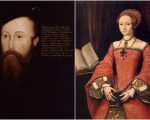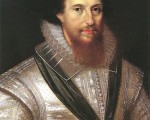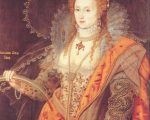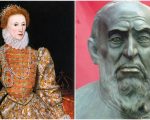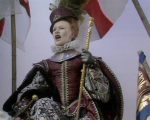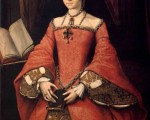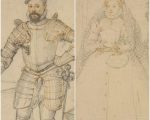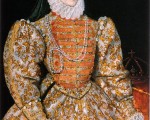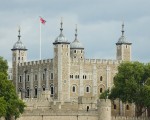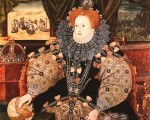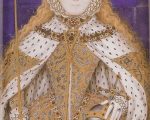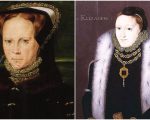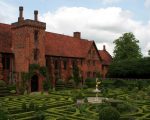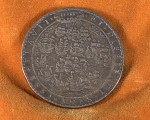Thank you to Tudor Society member Denis for asking the question “Was Elizabeth I as awful a person as Philippa Gregory paints her in her novel The Last Tudor?” I haven’t read the novel, so can’t share any views, but I know that Philippa Gregory used Leanda de Lisle’s book The Sisters Who Would be Queen for research so I asked Leanda. Leanda said:
“Elizabeth I had good reason to be frightened of the Grey sisters as her possible heirs. She had already seen the eldest, Jane, supplant her in the line of succession and was very frightened that a married Katherine – with a son – could replace her on the throne. She had far less reason to fear Mary Grey, but her harsh treatment of Thomas Keyes sent a message to all – do not cross the queen on the matter of marriage to members of the royal family. If you read my Tudor: The Family Story, you will discover that the Grey sisters and Mary, Queen of Scots were not the only heirs she imprisoned, and it also explains the importance of these issues throughout the story of the dynasty.”
Thank you to Tudor Society member Denis for asking the question “Was Elizabeth I as awful a person as Philippa Gregory paints her in her novel The Last Tudor?” I haven’t read the novel, so can’t share any views, but I know that Philippa Gregory used Leanda de Lisle’s book The Sisters Who Would be Queen for research so I asked Leanda. Leanda said:
“Elizabeth I had good reason to be frightened of the Grey sisters as her possible heirs. She had already seen the eldest, Jane, supplant her in the line of succession and was very frightened that a married Katherine – with a son – could replace her on the throne. She had far less reason to fear Mary Grey…
[Read More...]
